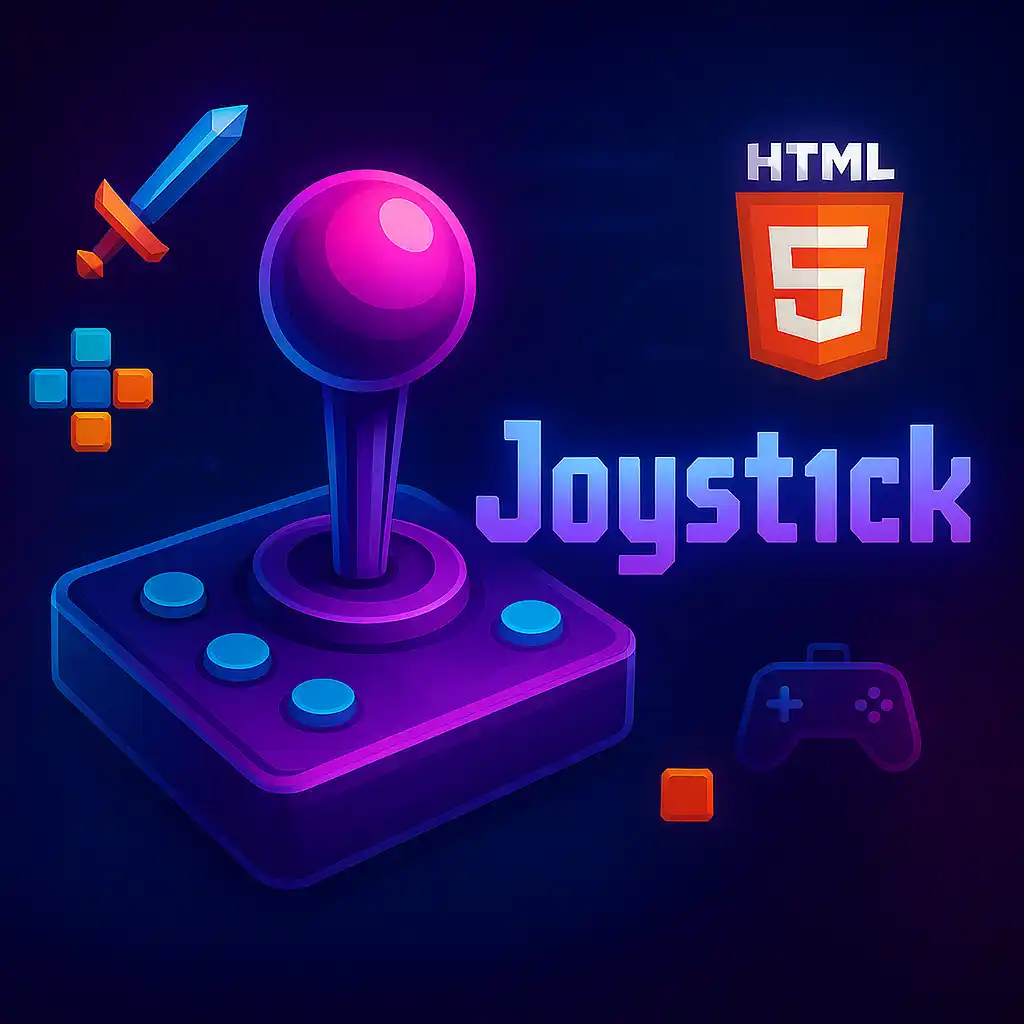Table of Contents
Integrating Netflix’s Interactive Storytelling Techniques into Game Design
Understanding Interactive Storytelling
Interactive storytelling involves creating a narrative that allows players to influence the direction and outcome of the story through their choices. Netflix has implemented this in series like ‘Black Mirror: Bandersnatch,’ providing a compelling case study for game developers.
Techniques for Integration
1. Adaptive Story Paths and User Choices
To integrate Netflix-style interactivity, create branching storylines where user decisions impact the narrative. Use a node-based system to map out possible story paths and outcomes.
Play free games on Playgama.com
2. Leveraging Licensed Game Mechanics
Incorporate mechanics that resonate with the stories. For instance, if a story involves espionage, include stealth mechanics tailored around the narrative context.
3. Streaming Dynamics in Game Design
Consider incorporating real-time streaming elements if your platform supports it, enhancing the story immersion with dynamic content updates or audience interaction capabilities.
Technical Implementation
- Engine Support: Use visual scripting tools in engines like Unity (e.g., Bolt or PlayMaker) to facilitate non-linear storytelling without heavy coding.
- Data Management: Implement a robust data management system to track player choices, ensuring persistence across sessions.
Ensuring Player Engagement
Combine customizable narrative experiences with player-driven action. Allow for replayability by designing multiple endings or unlockable story paths based on previous playthroughs.
